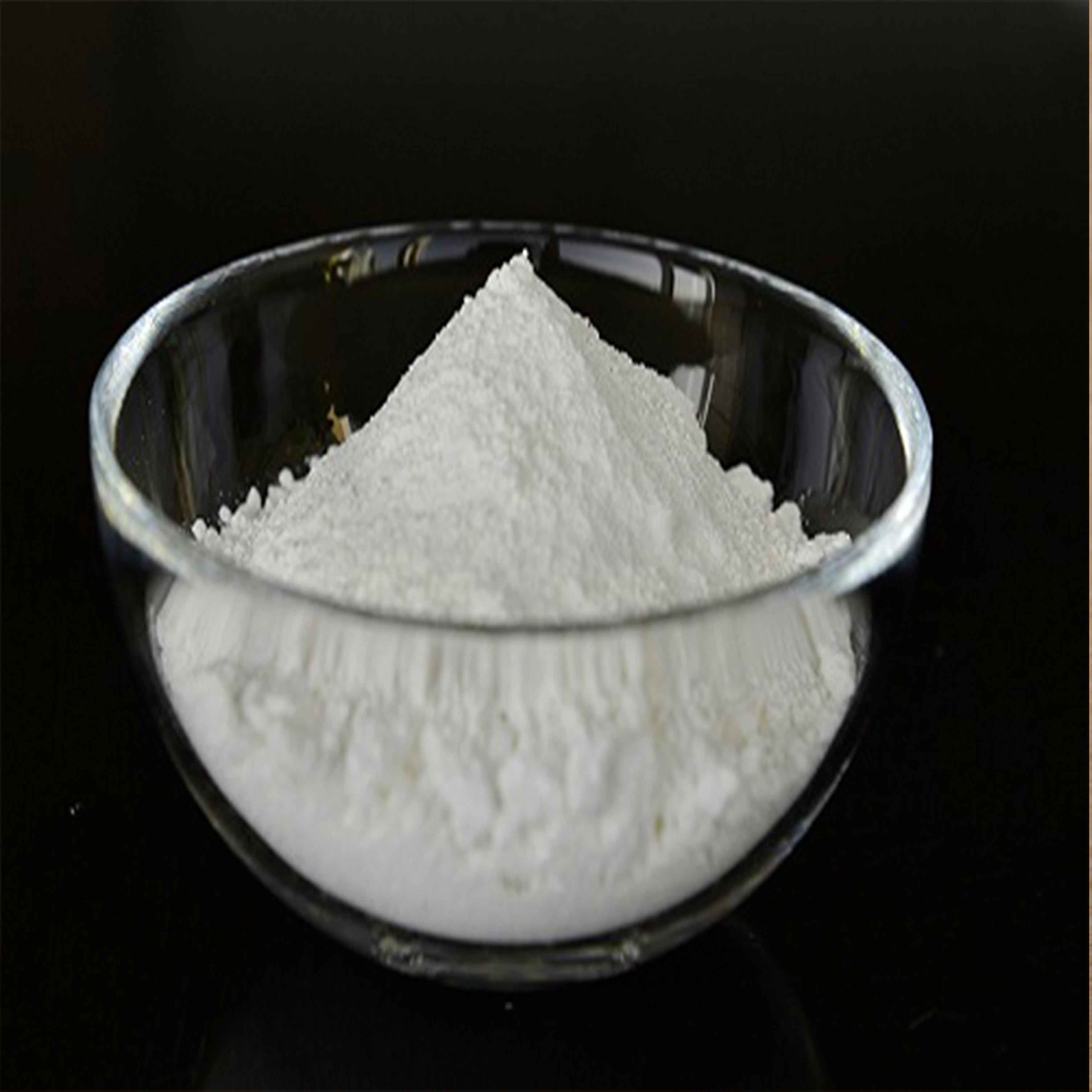
Dez . 04, 2024 10:00 Back to list
Trends and Analysis of Lithopone Pricing in the Global Market
Understanding Lithopone Prices Trends and Factors Influencing the Market
Lithopone, a white pigment composed primarily of barium sulfate and zinc sulfide, is widely used in various applications, including paints, plastics, rubber, and cosmetics. Its inertness, opacity, and non-toxicity make it a preferred choice for manufacturers looking to enhance the brightness and quality of their products. With the growing demand for environmentally friendly materials and the evolving needs of end-users, lithopone prices have become a focal point of interest in the supply chain. This article explores the factors influencing lithopone prices, market trends, and future predictions.
Factors Influencing Lithopone Prices
1. Raw Material Costs The production of lithopone requires specific raw materials, such as barium and zinc. Fluctuations in the prices of these minerals significantly affect lithopone production costs. For instance, if mining activities face disruptions due to regulatory changes or environmental concerns, the prices of these raw materials can rise, leading to higher lithopone costs.
2. Supply Chain Dynamics The global supply chain for lithopone is complex, with manufacturers often relying on multiple suppliers for their raw materials. Disruptions caused by logistical challenges, such as transportation delays, natural disasters, or geopolitical tensions, can create supply shortages. These shortages tend to drive up prices, as manufacturers may bid more competitively for limited resources.
3. Demand Trends The demand for lithopone in industries like construction and automotive varies based on market conditions. For example, an upturn in the construction industry due to government infrastructure projects could lead to increased demand for high-quality pigments in paints and coatings. Consequently, this heightened demand may result in price increases.
4. Technological Advancements The advent of new production technologies and methods can influence lithopone prices. Innovations that allow for more efficient production or the creation of higher-quality lithopone can lead to increased supply, potentially stabilizing or lowering prices. Conversely, if a new technology emerges that is expensive to implement, production costs may rise, leading to higher market prices.
5. Regulatory Environment The regulatory landscape surrounding chemicals and pigments can greatly impact prices. Stricter regulations on the use of certain materials can necessitate changes in production processes or formulations. Manufacturers may incur additional costs to comply with these regulations, which may be passed on to consumers in the form of higher prices.
lithopone prices

Current Market Trends
As of late 2023, the lithopone market has shown considerable volatility. After a period of steady growth driven by strong demand from the paint and coatings industries, prices experienced an uptick due to rising raw material costs and supply chain disruptions. However, the market is also witnessing a segment of price stabilization as manufacturers adapt to the new economic landscape.
The trend towards sustainability and eco-friendly products is playing a crucial role in shaping the lithopone market. Many producers are now focusing on developing more sustainable production processes and sourcing raw materials responsibly, which may initially raise costs but can create long-term benefits and opportunities for price optimization in the future.
Future Predictions
Looking ahead, lithopone prices are expected to remain susceptible to fluctuations in raw material costs and global supply dynamics. However, as more manufacturers invest in research and development for alternative pigments and sustainable practices, the lithopone market may experience some level of stabilization.
Moreover, the growing emphasis on environmentally friendly products is likely to create opportunities for innovative lithopone applications. As consumers become more conscious of their purchasing decisions, the demand for high-quality, sustainable pigments is expected to drive new growth avenues in the lithopone sector.
In conclusion, lithopone prices are influenced by a myriad of factors ranging from raw material costs to regulatory changes and market demand dynamics. Understanding these components can provide valuable insights for stakeholders in the industry, enabling them to navigate the complexities of the market effectively. As the industry moves toward greater sustainability, the future of lithopone may signal both challenges and opportunities in the evolving landscape of pigments and colors.
-
High Quality China Black Iron Oxide Powder Supplier Competitive Price & Fast Delivery
NewsJul.08,2025
-
High Quality Titanium Dioxide Used in Rubber – Trusted Supplier & Factory Price
NewsJul.08,2025
-
High Purity Barium Sulfate Particle Size - Wholesale Manufacturer from China
NewsJul.07,2025
-
Premium Titanium Dioxide Lomon R-996 Supplier – Quality & Wholesale Price from China
NewsJul.07,2025
-
Top Titanium Manufacturers in China - Quality Titanium Dioxide Supplier & Production Line Solutions
NewsJul.06,2025
-
OEM Titanium White Supplier & Factory – High Purity, Consistent Quality for Industrial Use
NewsJul.06,2025
